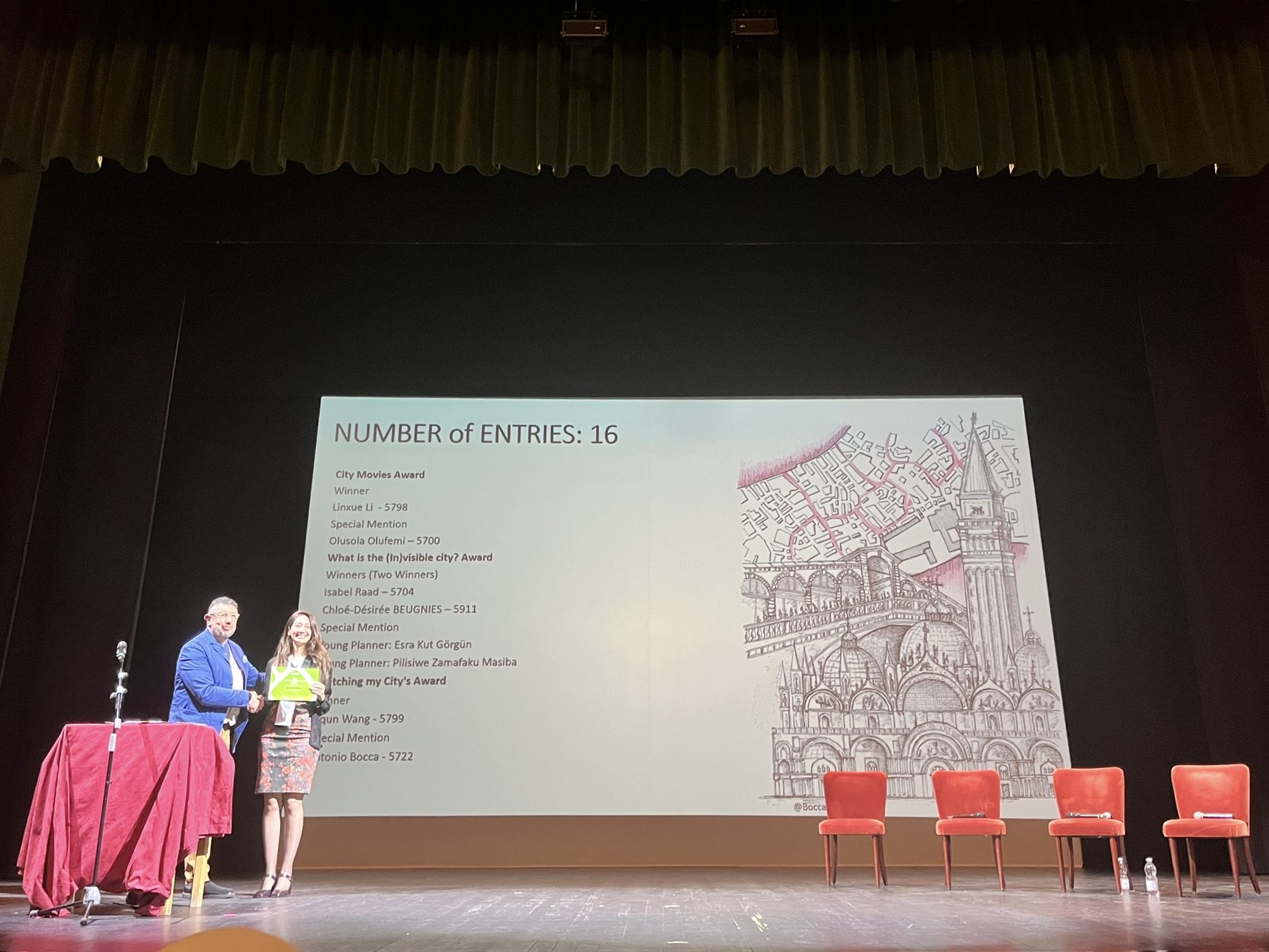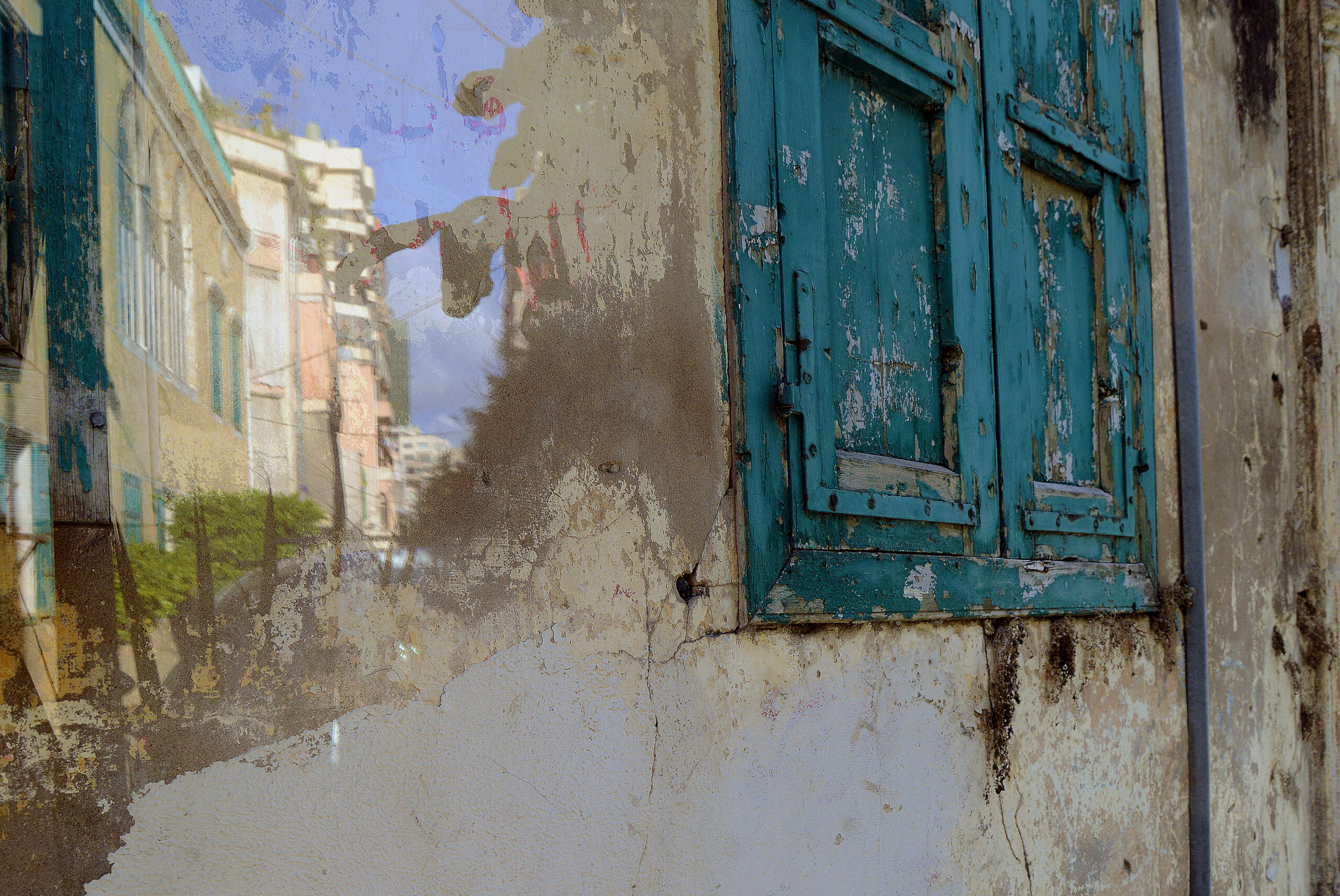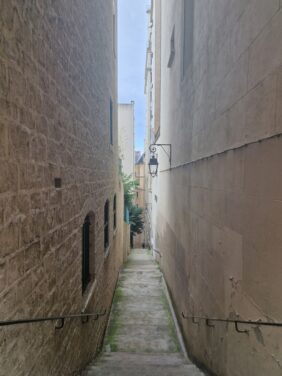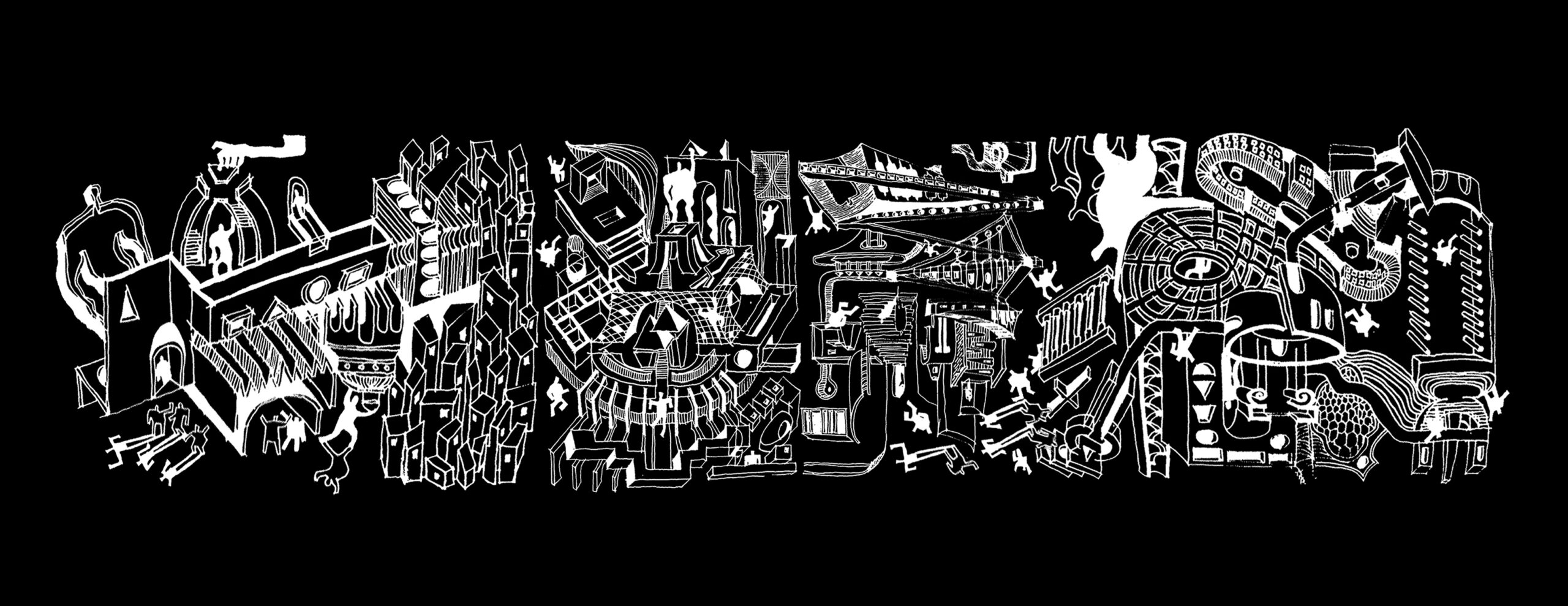Background
For this special anniversary, year, and city, The Awards Program decided to have three more innovative and creative categories which celebrated the city uniqueness, its heritage and the legacy of the outstanding author and novelist Italo Calvino.
These categories are:
- City Movies (Capturing the spirit of the city)
- What is the (In)visible city?
- Sketching my City

Esra Kut Görgün, 2024 (In)visible city Award Special Mention
Eligible Entries
A total of 8 entries were submitted:
- Ibadan Traditional City Cultural Heritage, by Olusola Olufemi, Oluwasayo Olatunde, Benedict Ayoola, Muyideen Aborisade, Abayomi Olaniran, Folakemi Ayomo and Olaitan Adeniyi
- Varanasi, by Linxue Li, Yiqun Wang, Yang Liu, Yunxiang Shan, Jialiang Hu, Yongqian Jiang and Runer Ni
- Lagos Megacity, the City within a City, by Olusola Olufemi and Oluwabukola Somoye
- Seen, 60 years ago, by Isabel Raad
- Shadows of Influence, by Yiqun Wang
- Reflection of the Heart, by Chloé-Désirée BEUGNIES
- Venice. Identity and history, by Antonio Bocca
- On Transferring Topology: From Rome To Paris, by Yiqun Wang
City Movies Award Winner
Varanasi, by Linxue Li, Yiqun Wang, Yang Liu, Yunxiang Shan, Jialiang Hu, Yongqian Jiang and Runer Ni
The film, set against the backdrop of the fate of commercial complexes in Asian cities in 2016, uses a mockumentary style to blend real urban walks with design proposals. It explores the debate on whether Varanasi, an Indian religious city, is suitable for a commercial complex, intertwining its history, culture, present, and future. By creating a new commercial form that combines urban parks with shopping experiences, the design aims to redefine the relationship between commerce and the city while critiquing the potential destruction caused by large commercial plazas.
What is the (In)visible city? Award Winners
Seen, 60 years ago, by Isabel Raad
“You cannot love her”. They whisper.
“For she is broken”.
I smile at their words knowing that they have not travelled enough to hear her giggles through the cracked walls. They have not dreamt enough to see her beauty in the hazy reflections, nor have they desired enough to smell her sweetness from the closed blinds. I have witnessed foreignness enough for her scars to become invisible, to know that newness does not replace the memory of what was, of what is truly yours.
“I cannot see that“. I murmur.
“The agony of what you no longer love disguises in wait for you in blissful, unlovable places”.
Beirut, my love, I am finding my way back to you.

Reflection of the Heart, by Chloé-Désirée BEUGNIES
The invisible city overtakes all your senses, she tricks you into believing you know everything about her by offering herself to your sight, touch, smell, hearing and even taste. Yet, if you were to take a look back or sideways, you would come face to face with a brand-new perspective of her, instantly shattering the image you had built in your mind. The unexpected is part of the invisible city’s nature; one street can appear like a window to the unknown. Within her, the opposites coexist: old and new, emptiness and crowdedness, beauty and ugliness…Her ugliness can actually be debated, as the invisible city’s beauty is often hidden. The latter doesn’t lay with her materials, nor with her style, but rather with the lives she welcomes. After some time, you may come to the realization that understanding the invisible city means understanding your own heart, as her imprint in your mind is but a reflection of your true feelings.

Sketching my City Award Winner
On Transferring Topology: From Rome To Paris, by Yiqun Wang
